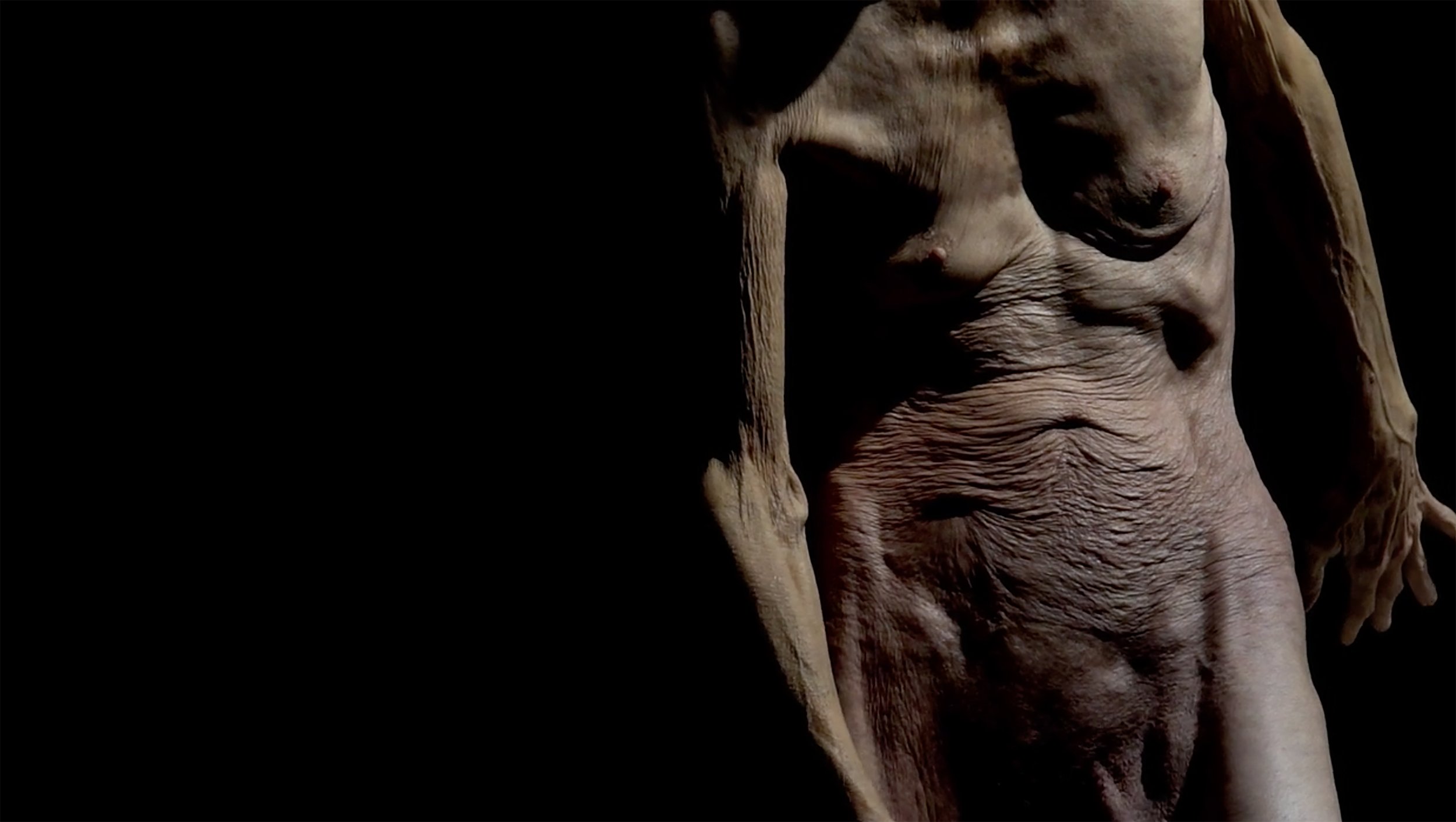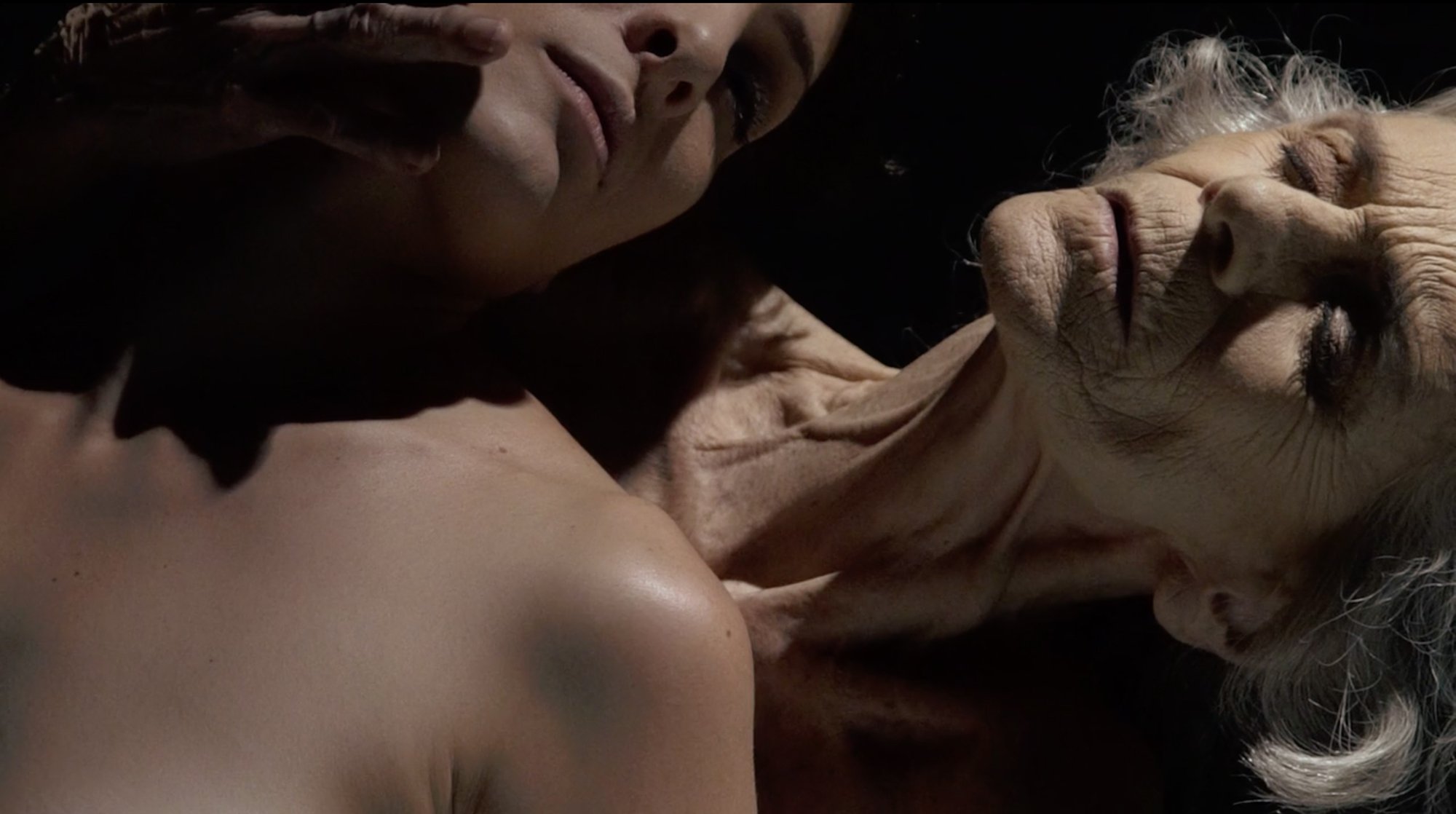
VANITAS
a film by Vinícius Cardoso
What was your starting point?
I have always been fascinated by Bosch's work, especially The Garden of Earthly Delights. When I saw the painting up close, at the Prado Museum, one of the scenes touched me especially. There are two characters from hell, a seated woman, who looks a lot like the Virgin Mary who is in heaven in the triptych, is seated. She is embraced by a demon who forces her to look into a mirror that is attached to another demon. This image intrigued me for a long time and, researching possible interpretations, this figure would be vanity. Trapped for eternity, condemned to stare at her own reflection. The despair of beauty.
The use of nudity is beautiful and the way you portray the human body and intimacy is really well done. Can you explain more of your process behind it?
All my ideas initially came from Bosch's painting and nudity always seemed to me to be a fundamental element for the narrative, observing the purity of the naked body, while still shocking us. To portray the naked bodies, the cinematography was thought to also refer to a painting. With this, the lighting was developed to embrace the bodies in the scene in an artistic and delicate way. Another aspect was the delivery and meeting between the two artists that took place in such a high and natural way. About nudity, it was curious to realize that after the movie was released this was one of the most striking and commented points, especially in the observation of an aged body. It is difficult to look at old age for numerous reasons, whether because of prejudice or fear. Just like Bosch's character, who sees himself reflected in a mirror, we see ourselves reflected on the screen, we see ourselves in our future bodies. An aged, naked body causes a narcissistic discomfort.
What is the story behind the fabric?
My look at the art direction of this work has always started with a clean image. I looked at Bosch's painting, but left the essentials, the center of the message. In the film there are scenes that give action to the painting and this element, the fabric, emerged from my reflection on the skin that covers the bodies. The fabric is the expansion of these skins, explosions of what is inside the characters. And they act on oscillations of this skin that can float, very light, or it can be dense and cloudy. My intention has always been to create a visually clean film, giving the greatest emphasis to the skins themselves, and the fabrics have amplified the visual power and meaning of the encounter and contrasts of the skins.
What was your casting process? What was the relationship between the two women?
Vera Valdez is the oldest dancer. She is an icon of Brazilian culture and it has always been my dream to create with her. Vera is an actress in the most famous theater company in the country, Teatro Oficina. The company plays a fundamental role in Brazilian arts, being the place that was one of the origins of the Tropicalista movement, by Caetano Veloso and Gilberto Gil. Well, Vera has immense talent and generosity. She entered the project and the film is marked by its elegance. She knows how to use her body and her creative power began earlier in the theater, when she was a fitting model and close friend of Coco Chanel in the 1950s, in Paris.
The other artist is Irupé Sarmiento, she is an Argentine dancer who lives in Brazil. She has been my collaborator for years in my dance creations. She has an extensive career among the country's leading companies and is one of the recognized artists of her generation. Lucky for me to have found her creating films, creating a bond of inspiration and friendship. The two did not have a direct relationship before Vanitas, but the meeting was subtle and very potent, two immense artists.
Tell us about your collaborators.
My collaborators are my friends. I built friendship and art relationships with close people. It is a privilege to be able to experience alongside them. My main job market is fashion, so I have contact with several artists who agree to participate in their own work. For this, the work environment I create is horizontal, everyone participates in the process, which is open. We start from the script, but all stages are collaborative. The director of photography, Diogo Martins, is one of my oldest partners, whether in the commercial or artistic markets. As is Samuel Kavalerski, who is the movement director who guides the dancers in Vanitas.
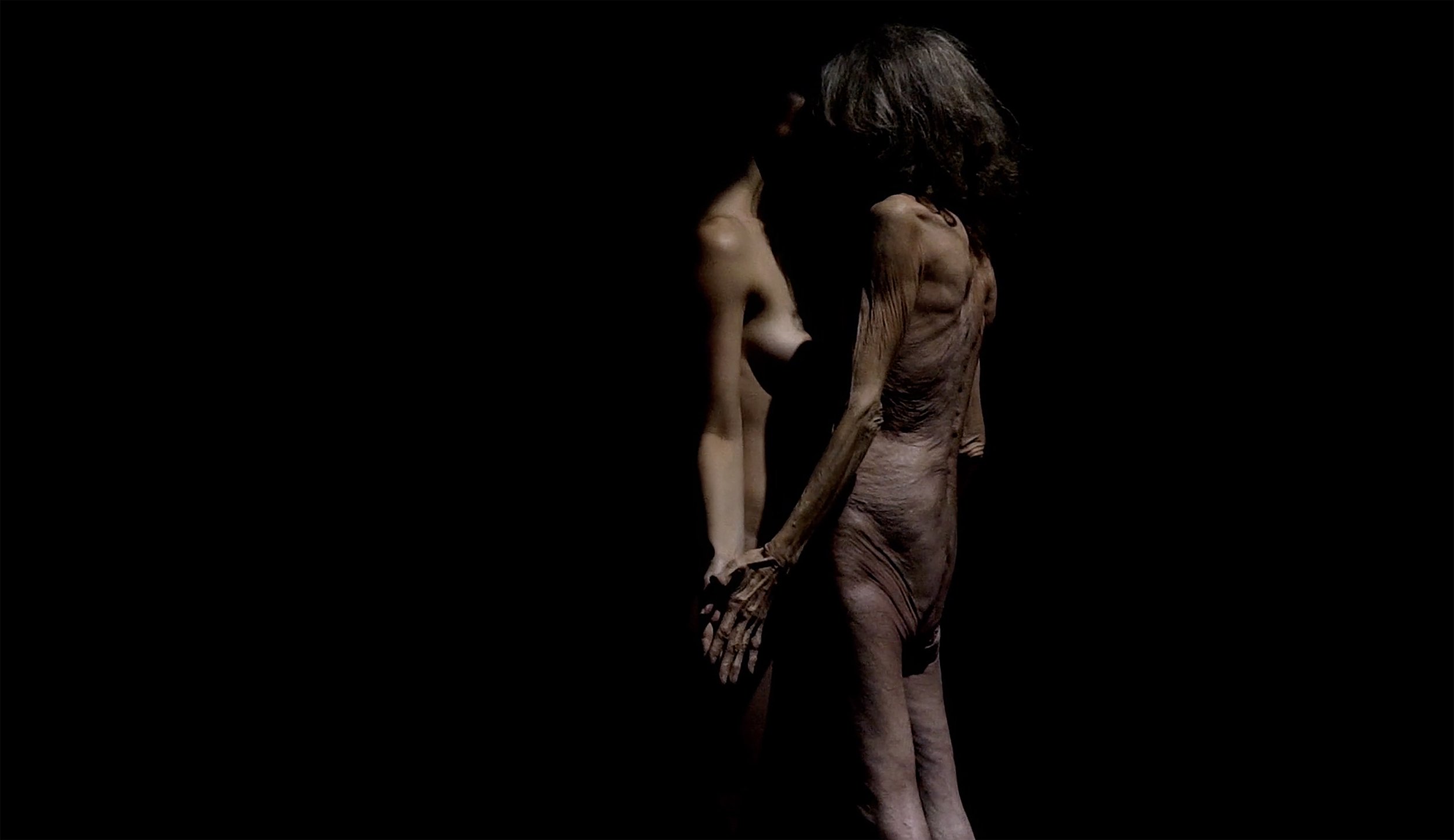
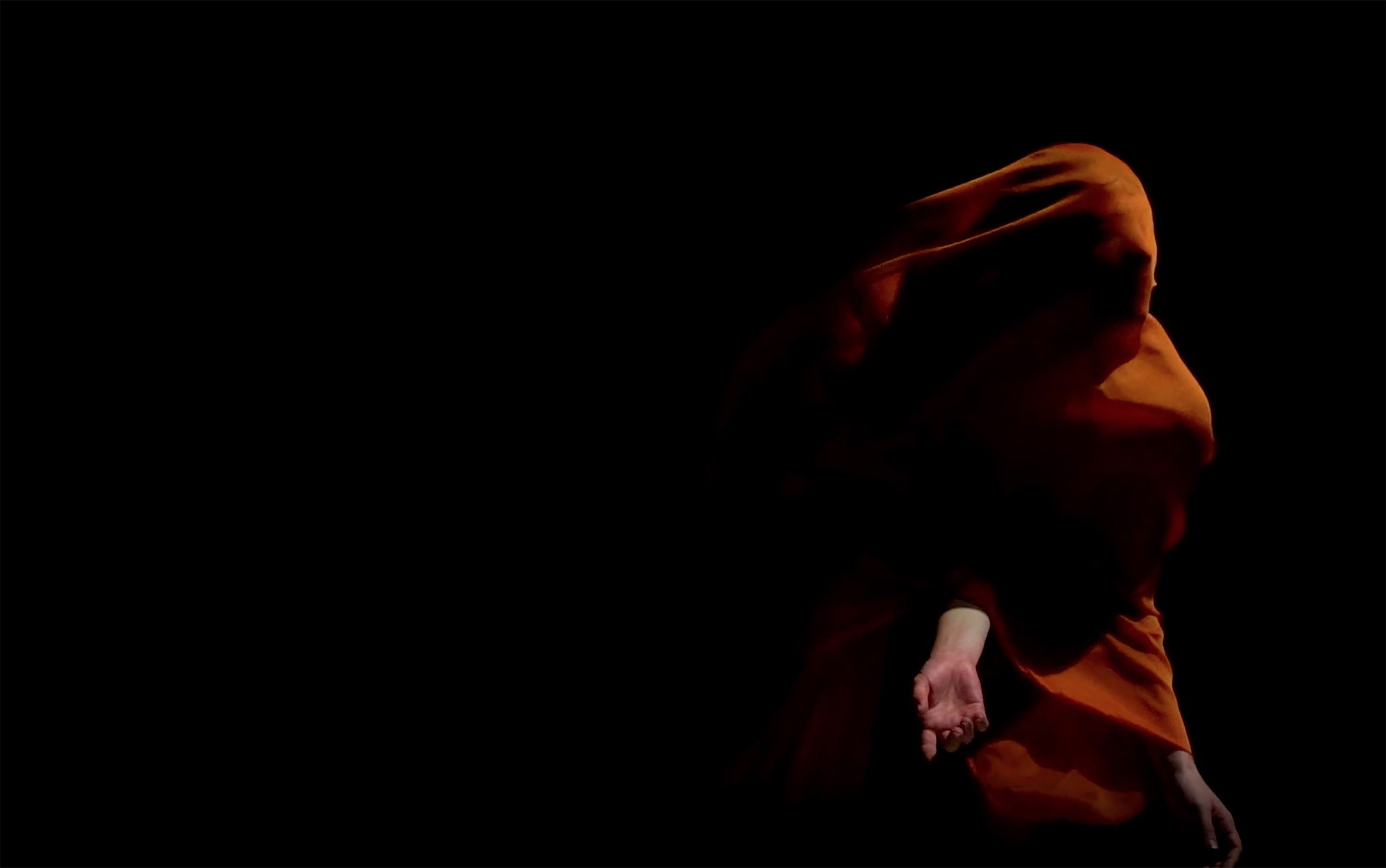
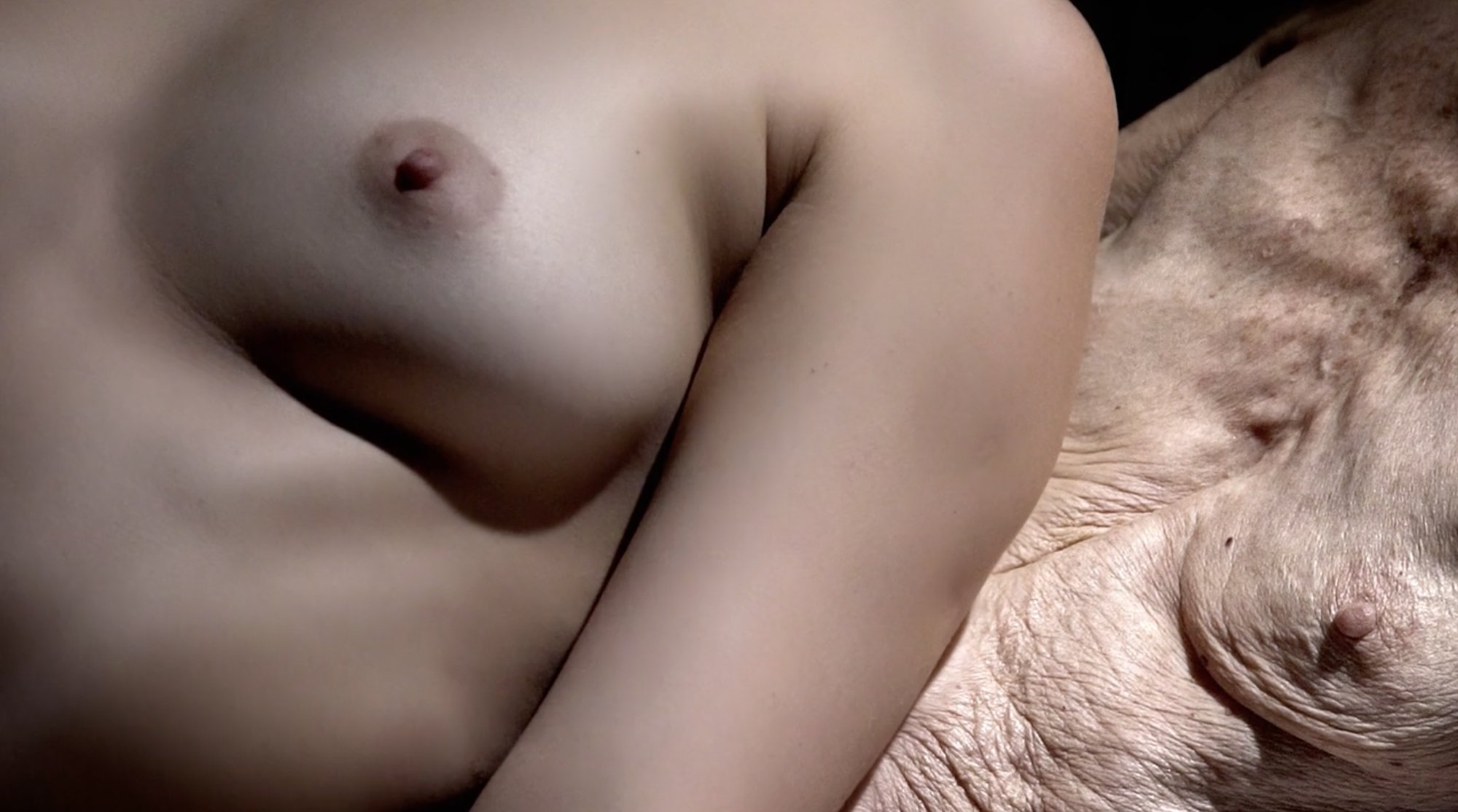
How did you go about/post the film during pre/production?
It is an open, organic work. During pre and production we researched scenic elements and props that had narrative weight. During the recording we used some, since the proposal was to be experimental. In post-production, a part of the recorded scenes did not make it into the final cut. During the editing I realized that the story was guided in a different way and I feel free in my projects for the content to flow. Another example was the construction of the soundtrack, made after editing and also elaborated as fluid experiments, the creator of the soundtrack started from editing and images to develop the audio narrative that marks the film.
What are you working on next?
I have several dance works already recorded. I think I've been on a psychoanalytic odyssey with these films that are stopped. For, many are stagnant in memory, literal and poetic memory. One of them, which I have more clarity about the result, is a work on layers and deconstruction. A few years ago I recorded a neoclassical solo by a ballerina. The look of sneakers has always attracted me a lot. However, looking at the recorded scenes, I didn't see much sense and beauty in the images that are beautiful. Therefore, in this psychoanalytic process that I mentioned, I have observed and experimented on this material, making analog and digital processes on the files. Deconstructed the beauty and perfection of the scenes, to arrive at another place of beauty and meaning.
